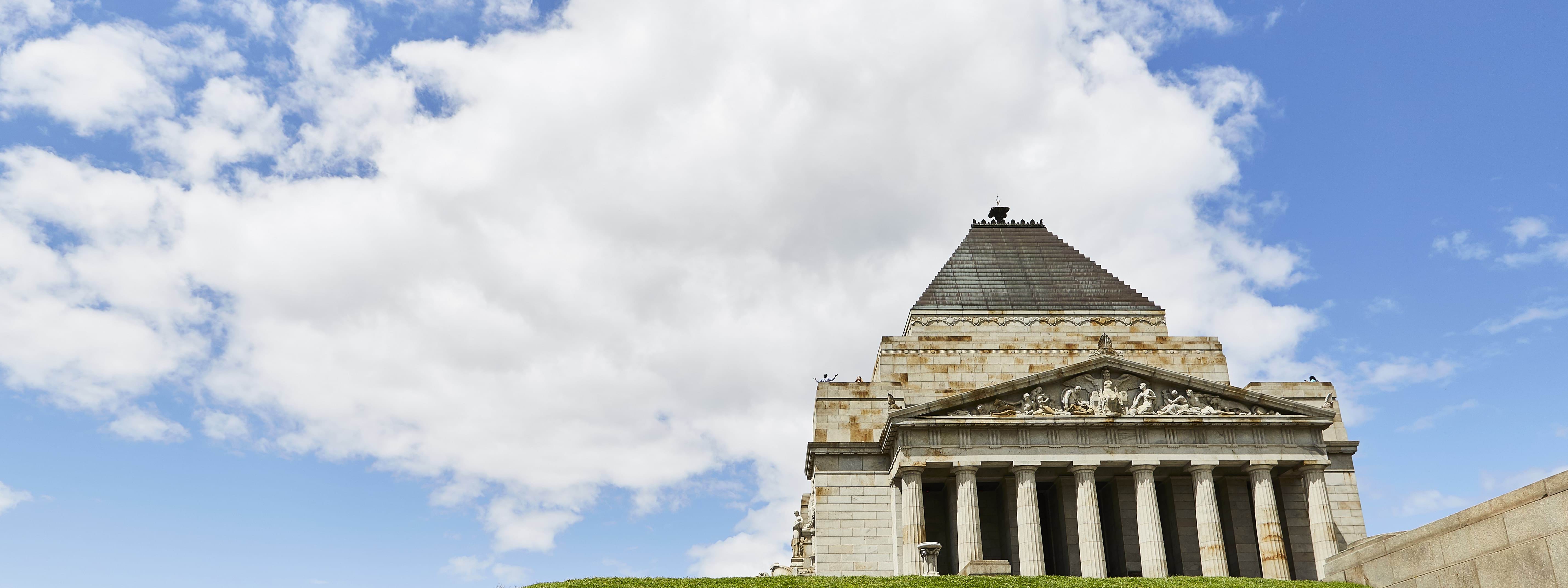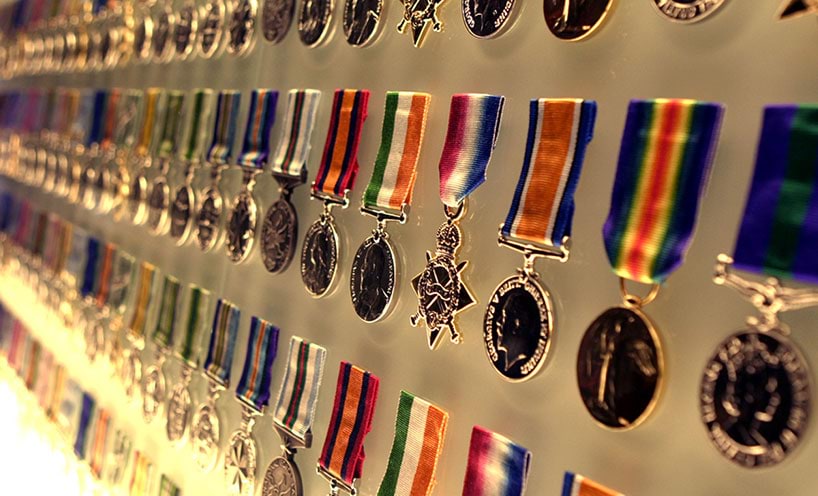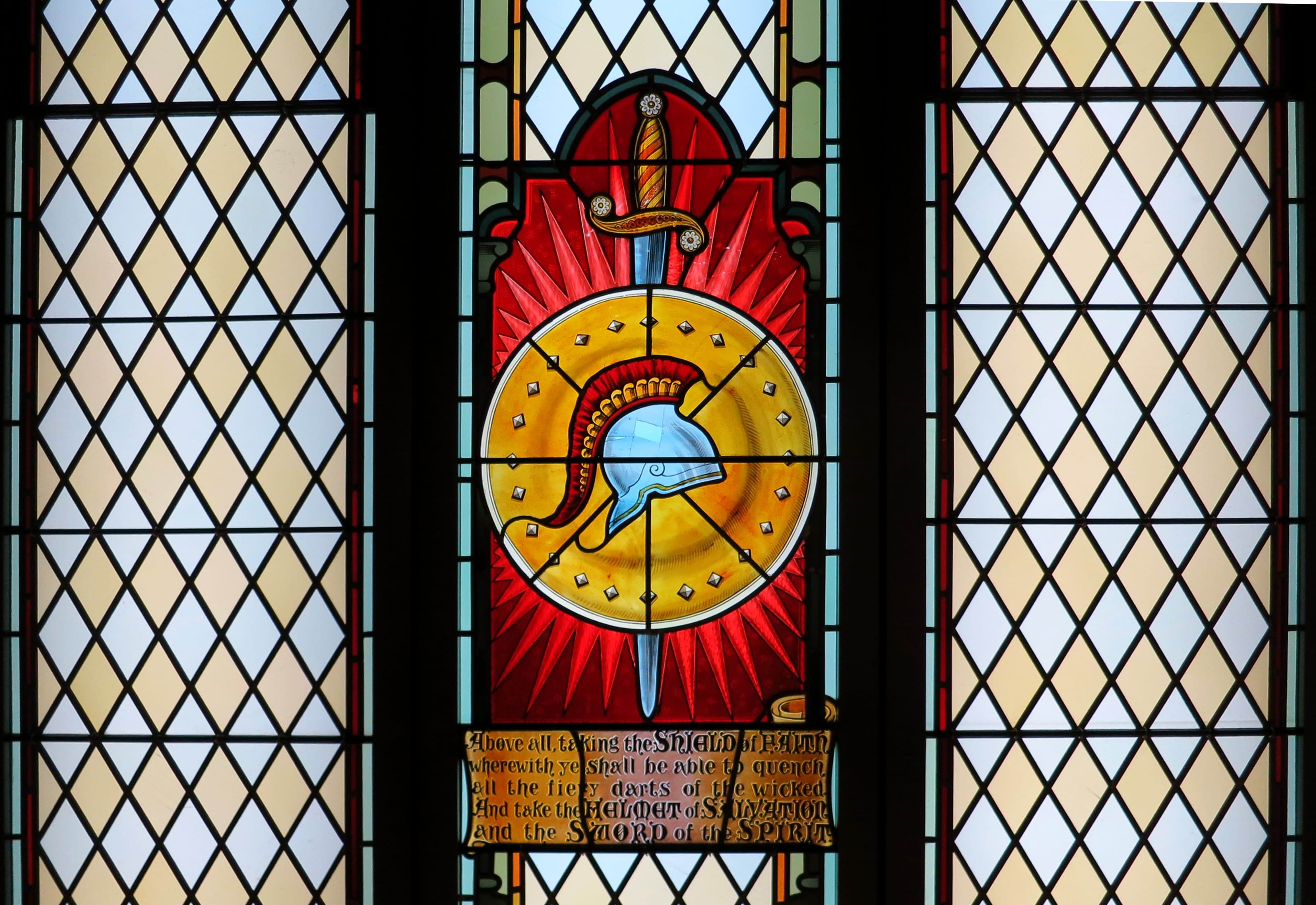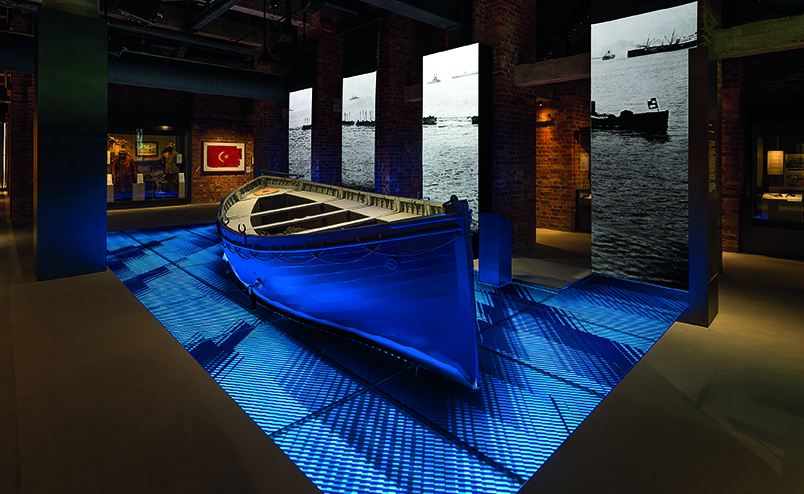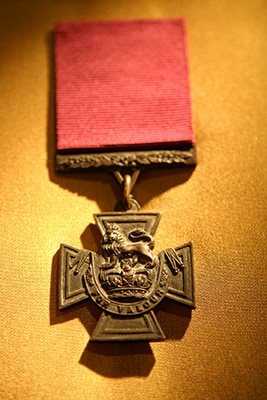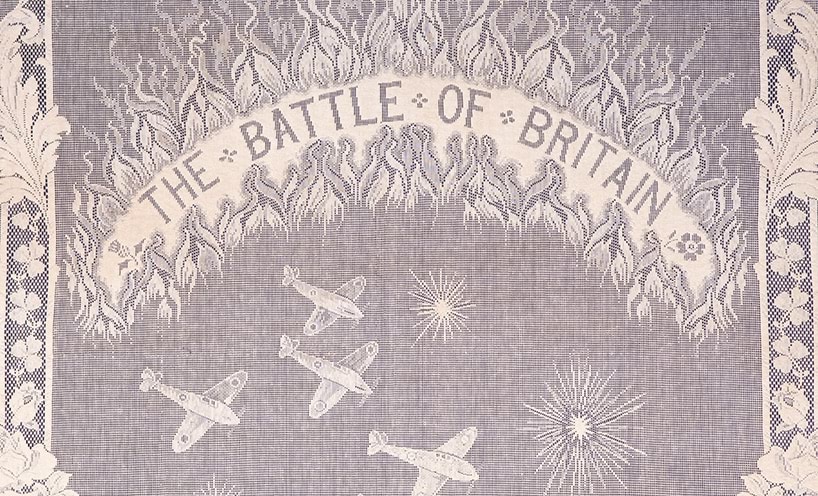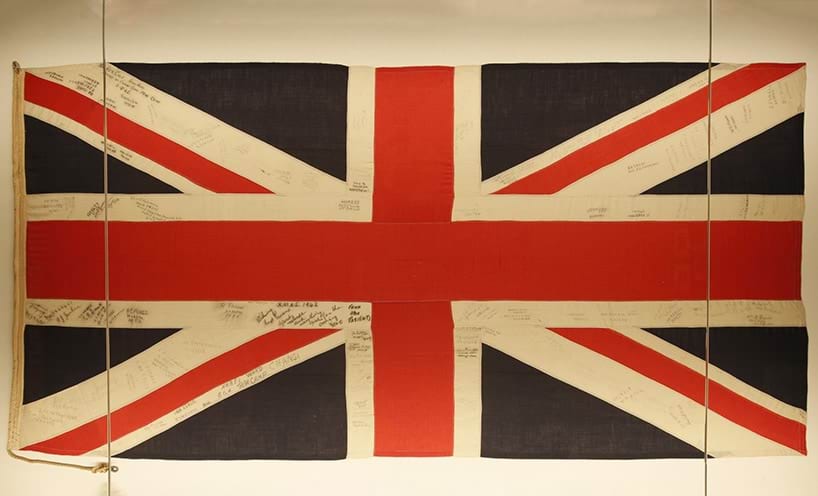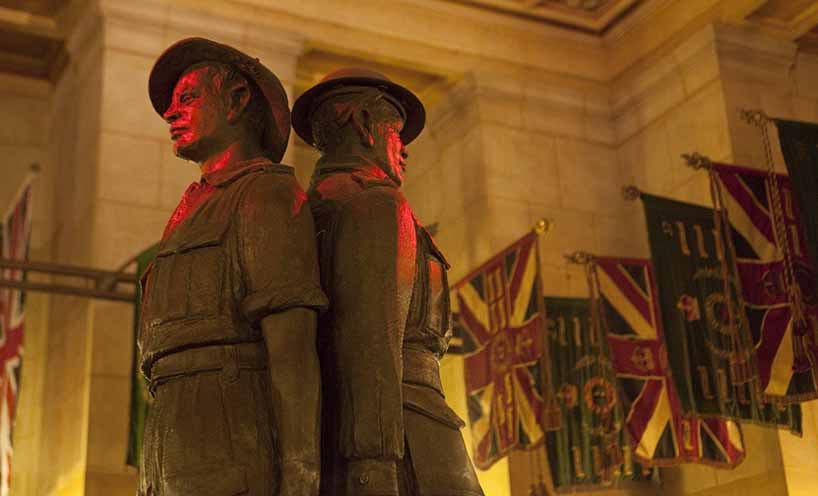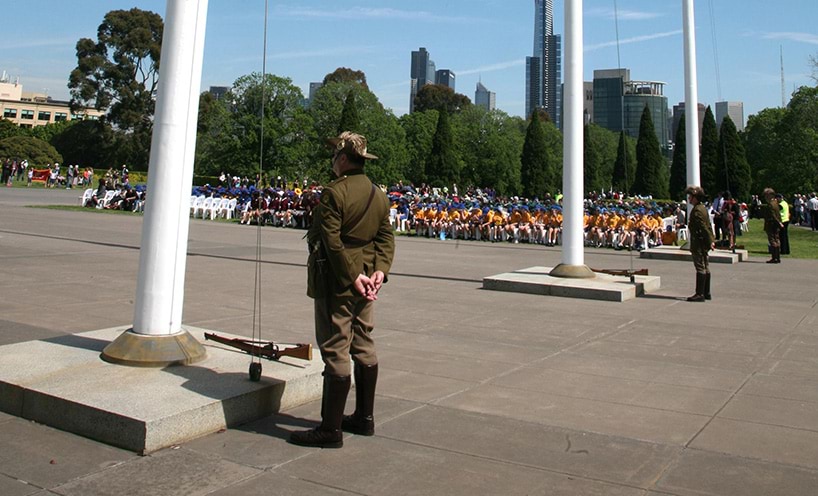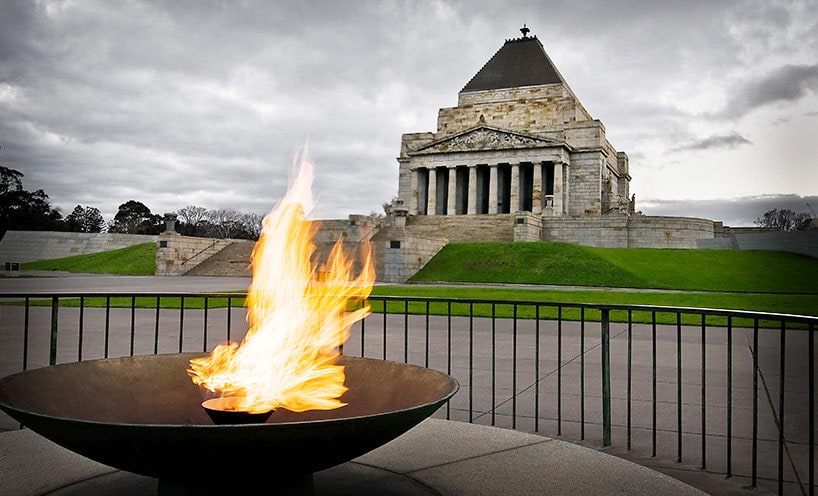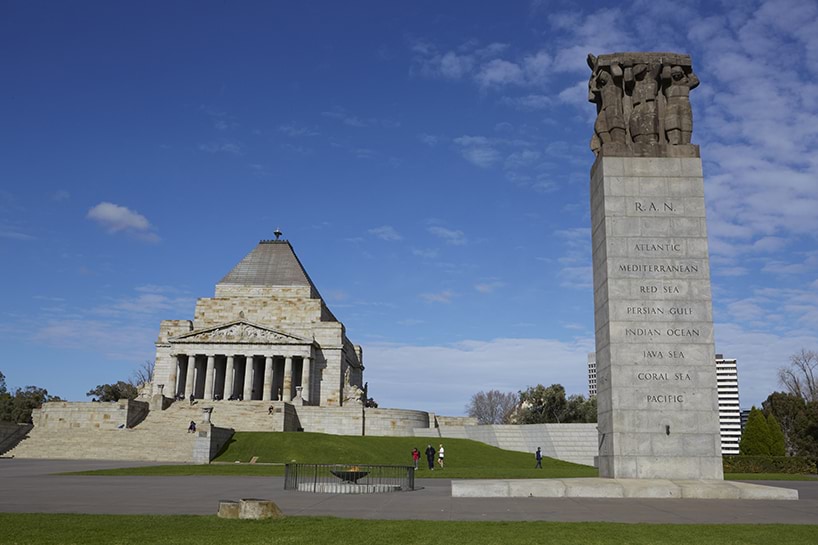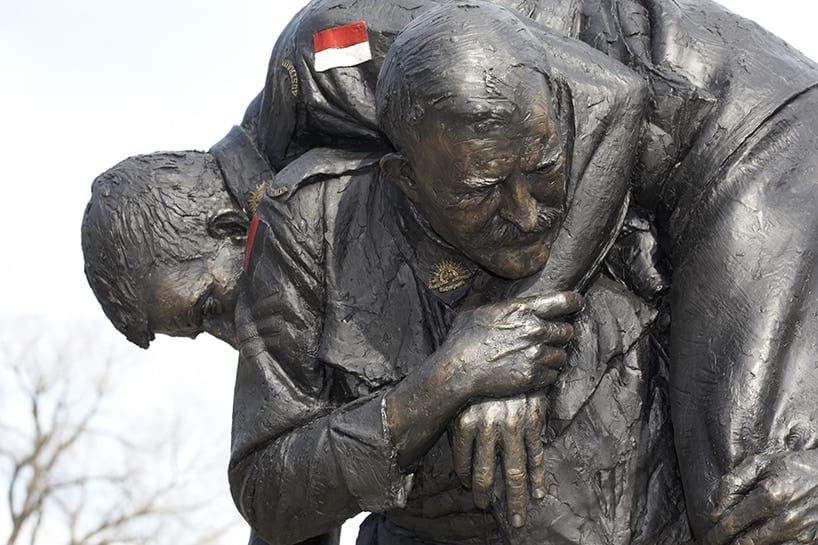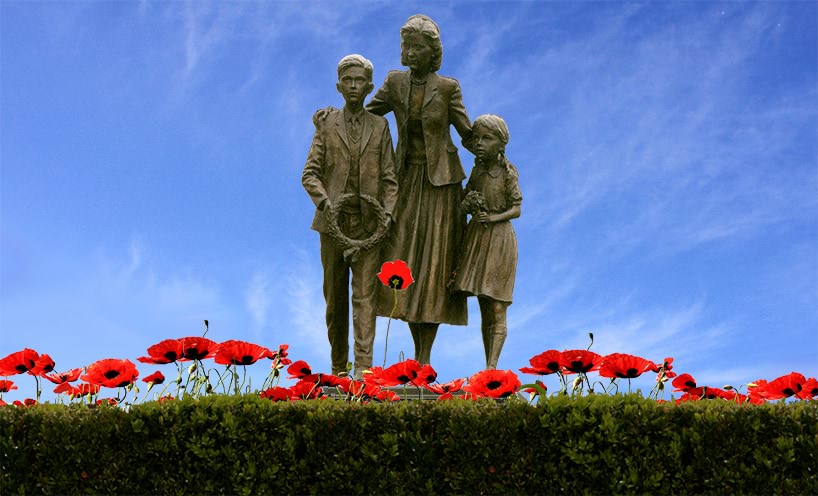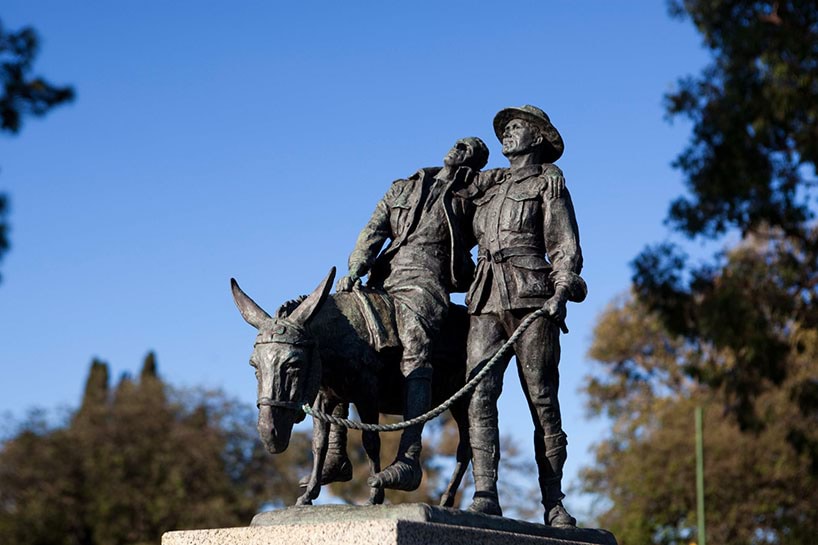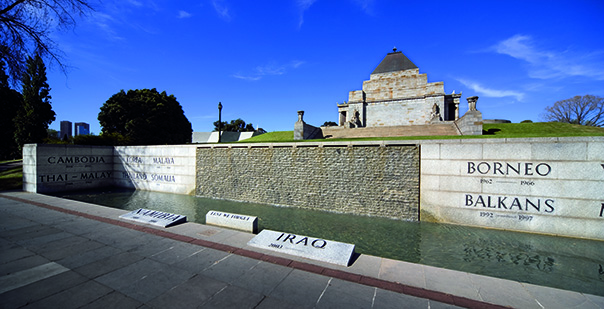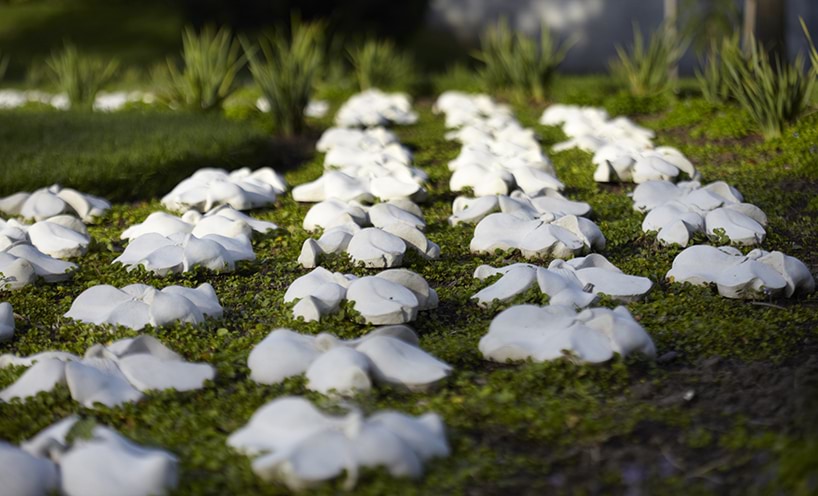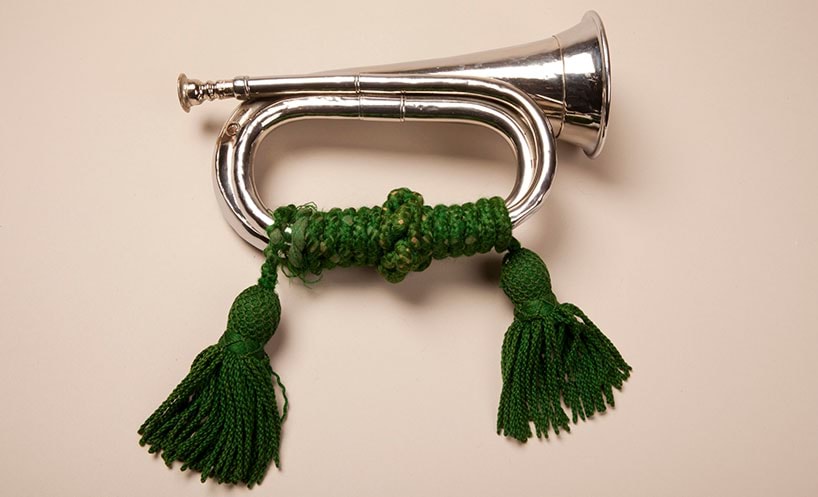The Sanctuary
The Sanctuary is inside the memorial and is the Shrine’s most important space. Each year, thousands attend commemorative ceremonies to remember the sacrifices of Australian service men and women.
The Stone of Remembrance is in the centre of the Sanctuary. It is symbolic of a gravestone for those Victorian servicemen and women buried overseas and in unmarked graves.
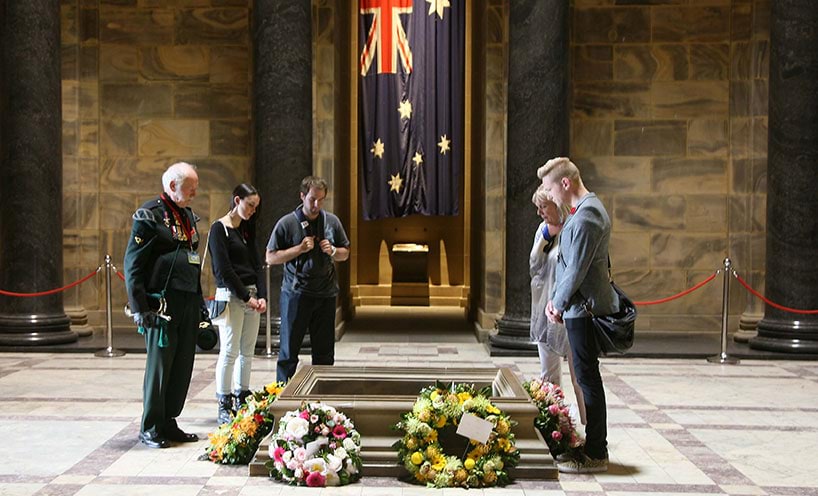
The Ray of Light
Fighting in the First World War ended at the 11th hour on the 11th day of the 11th month of 1918. Each year on this day, Remembrance Day, a natural ray of sunlight enters the Sanctuary to shine on the Stone of Remembrance. At 11am (Eastern Standard Time) it illuminates the word LOVE.
This is demonstrated hourly throughout the day from 10:30am.
The Books of Remembrance
Surrounding the Sanctuary is the Ambulatory, which contains 42 bronze caskets. The caskets house the 40 Books of Remembrance (38 Australian Imperial Force, one Royal Australian Navy and one book including Victorians who served in other than Australian Forces); the Monarch’s Book of Remembrance and a VIP book.
Each Book of Remembrance has a fine illuminated page and calligraphic script and in total 89,100 names are recorded. Each person recorded served overseas or died prior to embarkation in the First World War and was either born or enlisted in Victoria.
How to access
Entry to the Sanctuary is via the internal stairs from the Galleries. A lift is also available.
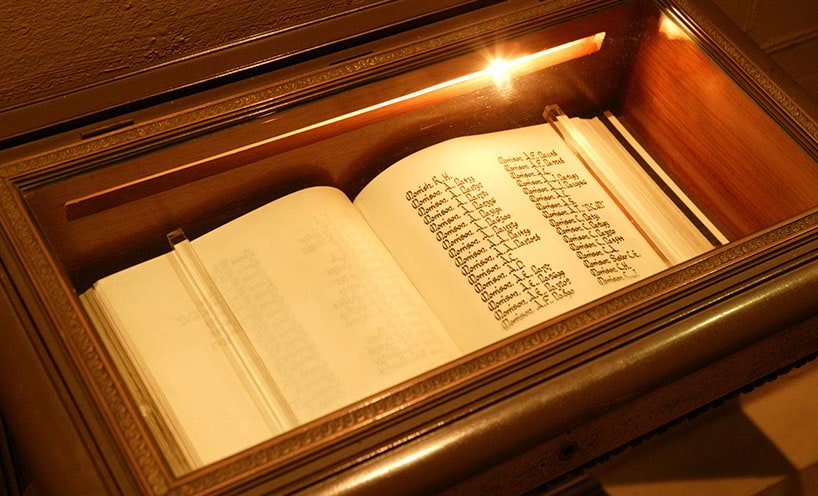
Books of Remembrance
The Ambulatory contains 42 bronze caskets. The caskets house the 40 Books of Remembrance the Monarch’s Book of Remembrance and a VIP book.
The Galleries of Remembrance
The Galleries present the stories of Australians in wartime for more than 100 years.
Visitors follow this experience presented in more than 800 artworks and historical objects, interactive multimedia, rare images and films.
The Galleries are a cathedral-like space located inside the monument, below the Sanctuary. We recommend at least 1.5 hours to explore them fully.
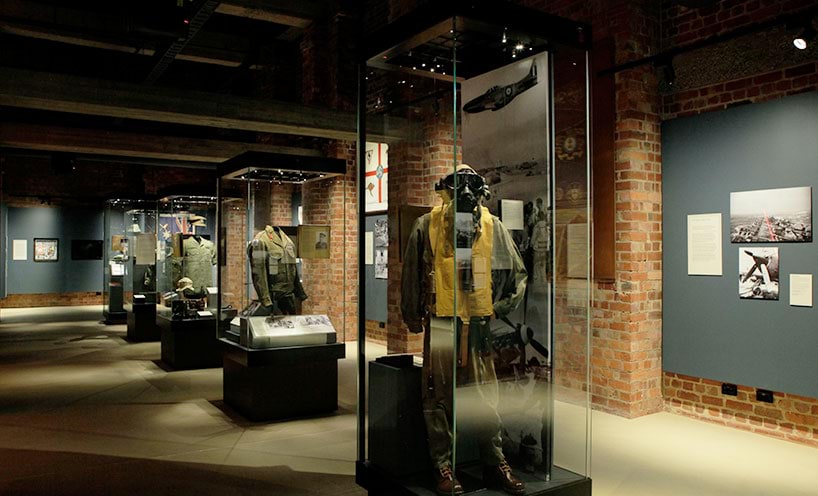
How to access
- via the stairs or lift from the Sanctuary
- entry through the Visitor Centre.
Highlights include:
The Crypt
The Crypt lies directly beneath the Stone of Remembrance. It commemorates the fighting units of the First World War. Around the walls of the Crypt, the unit colour patches and the names of ships lost in war are preserved in bronze.
Highlights include:

The Balcony
The Balcony provides unique perspectives of the Shrine and the more than 250 memorial trees and features of the 13-hectare Shrine Reserve. Unmatched panoramic views of Melbourne highlight the Shrine’s prominent position and significance to all Victorians.
How to access
Access is via stairs only from the Sanctuary.
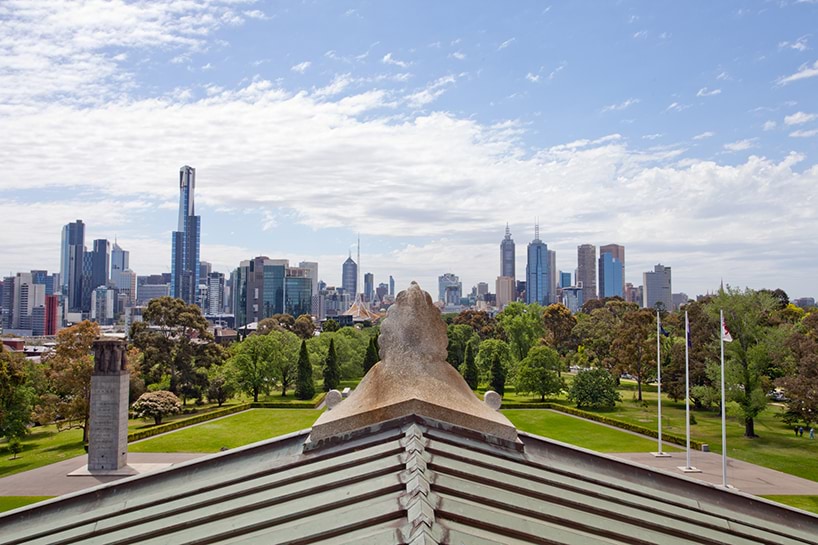
The Second World War Memorial Forecourt
The Second World War Memorial Forecourt was opened by Her Majesty Queen Elizabeth II in 1954 and is to the north of the Shrine monument. It commemorates the service and sacrifice of Victorians in the Second World War.
It was designed by the Czechoslovakian modernist architect Ernest Edward Milston in 1949. His plan was the winning design in a competition launched by the Shrine Trustees. The challenge was to add to the memorial but not to detract from the original monument which was built to honour those who served in the First World War. The Forecourt is in the shape of a non-denominational cross, and replaced a reflection pool that was originally at the northern entrance of the Shrine.
Highlights include:
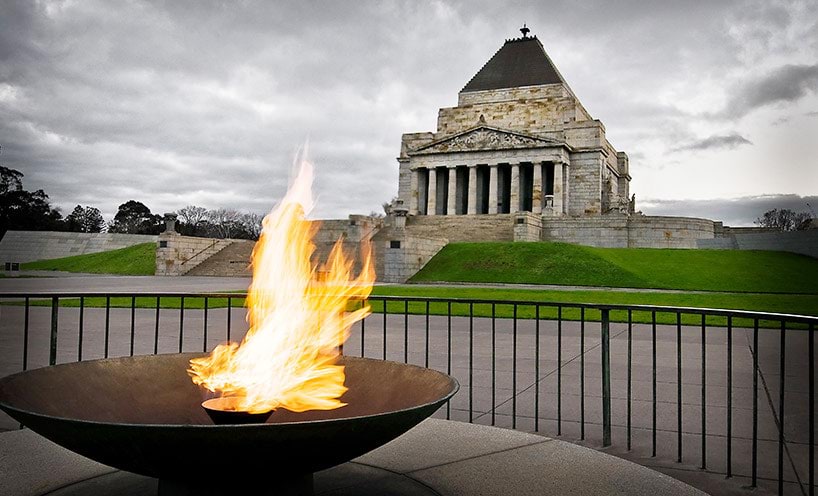
Gardens and memorials
The Shrine monument is surrounded by 13 hectares of gardens known as the Shrine Reserve. The Reserve encompasses gardens, sculptures, water features and memorials and more than 250 commemorative plaques and memorial trees.
Download the plaque map:
Highlights include:
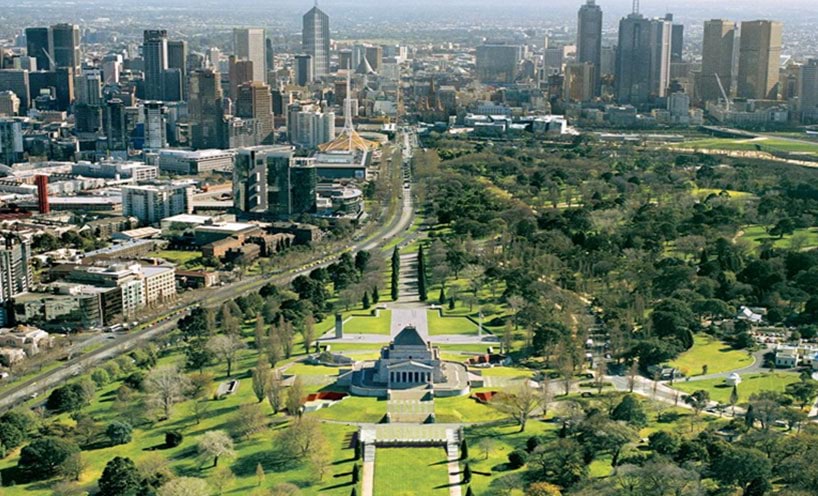
The Shrine Collection
The Shrine of Remembrance Collection was formally established in 2013, although a number of collection items had come into its care prior. The collection is comprised of commemorative objects, documents, diaries and books, photographs, personal items, souvenirs, ephemera, flags and uniforms, military and communications equipment and works of art.
If you would like to contribute to the Shrine Collection, read more about the donation process.
Updated
